10 recommended products for menopausal skin
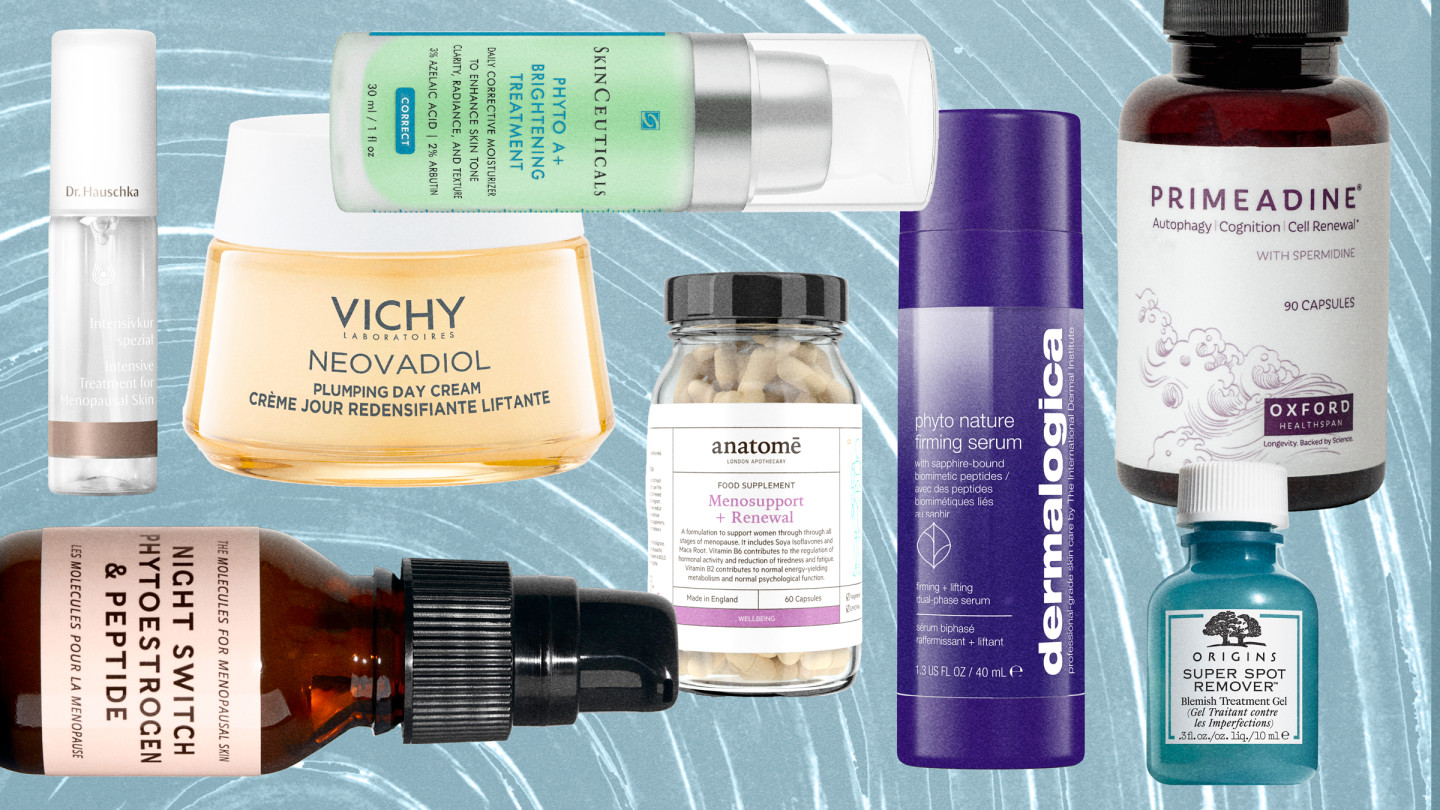
Roula Khalaf, Editor of the FT, selects her favourite stories in this weekly newsletter.
There has been a huge – and positive – shift in the conversation around menopause in recent years. People are finally talking about the challenges it can present. Up to 30 per cent of collagen may be lost during the first five years of menopause owing to the decline in oestrogen, with an additional two per cent loss each year afterwards. Less collagen means less elasticity, which causes skin to appear less firm and supple. Conversely, melanin production increases, which can lead to pigmentation and brown spots. Meanwhile, a reduction in progesterone, which helps your pores to produce oil, means skin can also become dry and thinner. The outlook isn’t rosy, but there are ways to combat these effects.
Applying a serum daily will quench your skin’s thirst and strengthen its collagen scaffolding. Try a collagen synthesising formula such as Dermalogica’s Phyto Nature Firming Serum with its biomimetic peptides. A moisturiser on top then seals hydration in like a protective lid. Vichy’s Neovadiol Perimenopause Plumping Day and Night Creams are formulated with the anti-ageing molecule pro-xylane, and promise to combat volume loss. Hyaluronic acid hydrates and plumps while volcanic water is rich in 15 strengthening minerals.
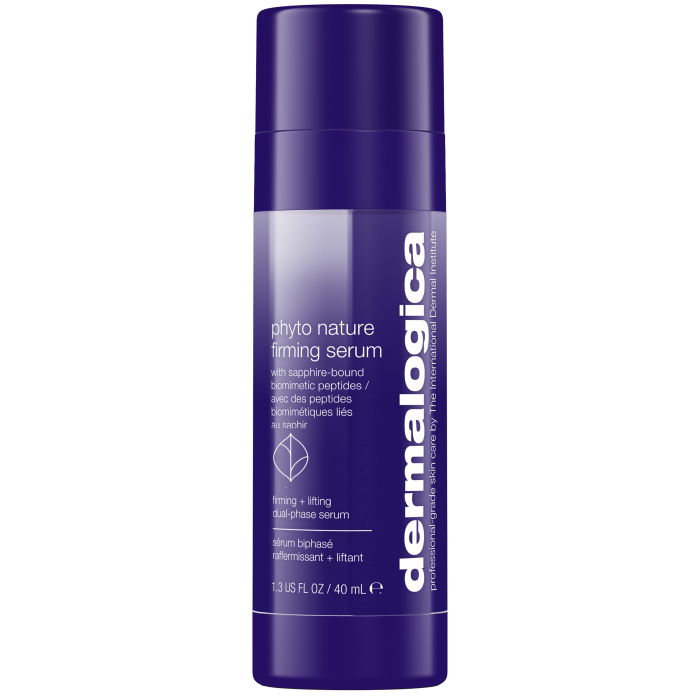
Dermalogica Phyto Nature Firming Serum, £145
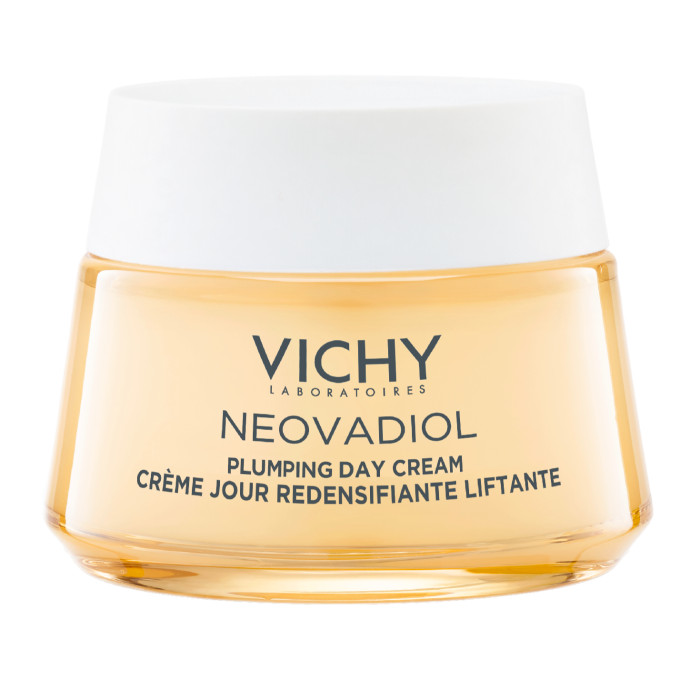
Vichy Neovadiol Redensifying Plumping Day Cream, £34.96
At night, to boost the effects of a moisturiser, I like mixing it with a product that includes genistein – a polyphenol found in soyabeans that mimics oestrogen. Lixirskin Night Switch Phytoestrogen & Peptide was specifically formulated to address the loss of density and elasticity of thinning menopausal skin.
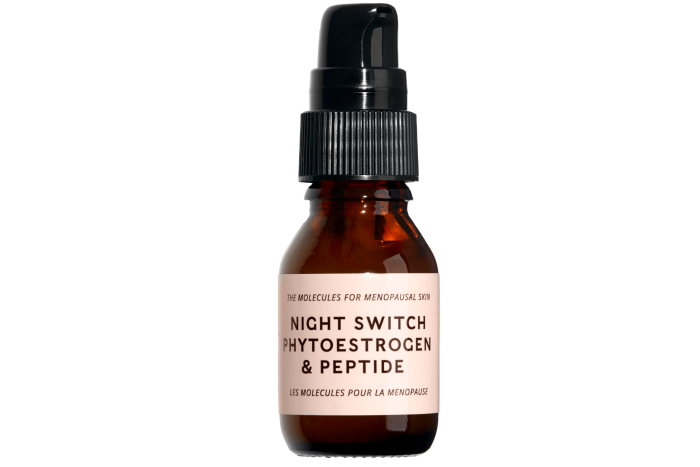
Lixirskin Night Switch Phytoestrogen & Peptide, £32
For inhibiting brown spots, I can vouch for SkinCeuticals Phyto A+ Brightening Treatment 3 per cent Azelaic Acid Moisturiser – a well-balanced mélange of skin brighteners. The 2 per cent alpha-arbutin improves blemish marks, while the SPF offers sun protection.
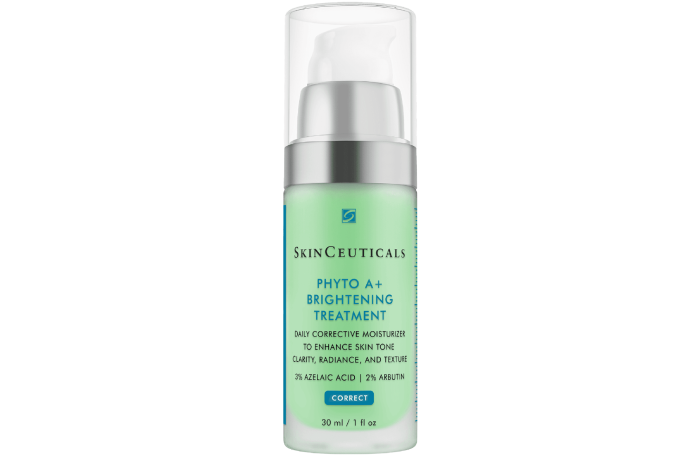
SkinCeuticals Phyto A+ Brightening Treatment 3% Azelaic Acid Moisturiser, £96
If hot flashes kick-start any blotchiness, spritz on Dr Hauschka Intensive Treatment for Menopausal Skin to cool and restore a calm, even complexion.
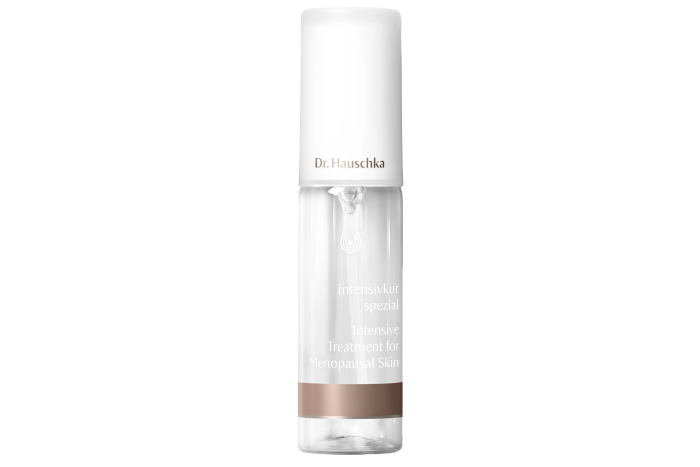
Dr Hauschka Intensive Treatment for Menopausal Skin, €56.50
And for both menopausal acne and acne rosacea – which I often see on my clients’ lower jawline and chin – I usually suggest topical over-the-counter products such as benzoyl peroxide to help neutralise redness and inflammation. Acnecide Face 5% is a good start. Spot creams containing pore-cleansing salicylic acid are also great: try Origins Super Spot Remover Blemish Treatment Gel.
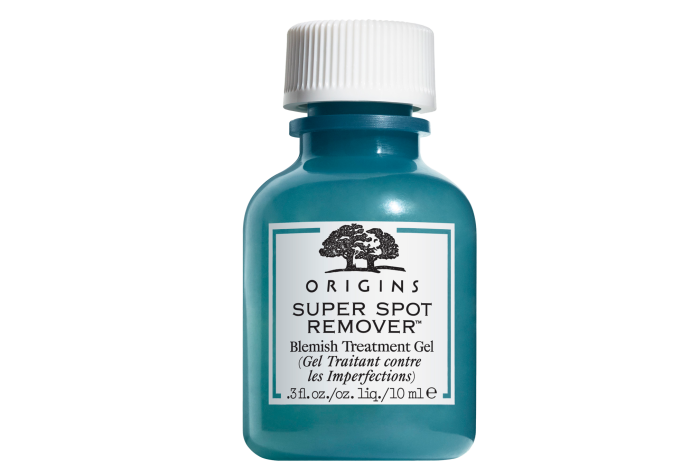
Origins Super Spot Remover Blemish Treatment Gel, £17
Of the variety of supplements on the market, I like Anatomē Menosupport+Renewal, which contains a well-rounded blend of essential vitamins and minerals: vitamins B12 and D3 to boost energy and fight fatigue, vitamin E to relieve hot flashes and vitamin B6 to help reduce mood swings. But I’d also recommend a spermidine supplement, such as Oxford Healthspan Primeadine, which promises to trigger cell renewal, enhance hair, skin and nail health, and boost energy levels. This brand also adds a prebiotic fibre that supports more spermidine production in the gut – so it’s a virtuous circle.
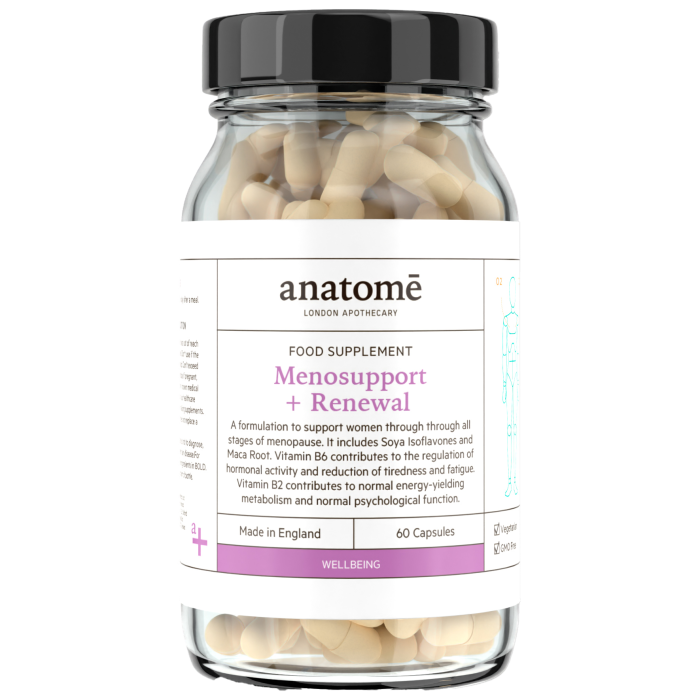
Anatomē Menosupport + Renewal, £34 for one month’s supply
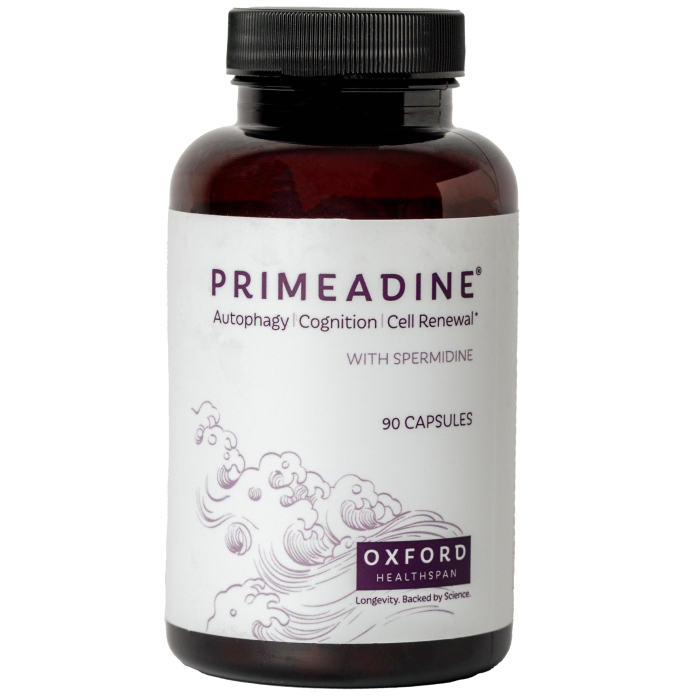
Oxford Health Span Primeadine Supplement, £75 for one month’s supply
Finally, I found Maisie Hill’s book, Perimenopause Power: Navigating your Hormones on the Journey to Menopause (Bloomsbury, £14.99), a helpful read.
Comments